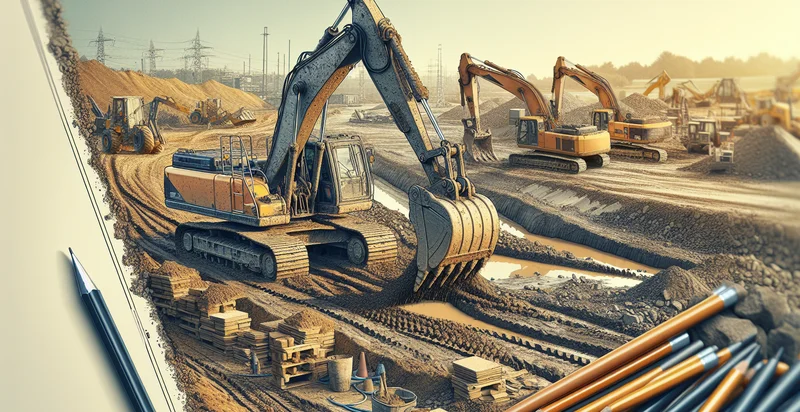Identify bulldozer conditions
using AI
Below is a free classifier to identify bulldozer conditions. Just upload your image, and our AI will predict the condition of the bulldozer. - in just seconds.

Contact us for API access
Or, use Nyckel to build highly-accurate custom classifiers in just minutes. No PhD required.
Get started
import nyckel
credentials = nyckel.Credentials("YOUR_CLIENT_ID", "YOUR_CLIENT_SECRET")
nyckel.invoke("bulldozer-conditions", "your_image_url", credentials)
fetch('https://www.nyckel.com/v1/functions/bulldozer-conditions/invoke', {
method: 'POST',
headers: {
'Authorization': 'Bearer ' + 'YOUR_BEARER_TOKEN',
'Content-Type': 'application/json',
},
body: JSON.stringify(
{"data": "your_image_url"}
)
})
.then(response => response.json())
.then(data => console.log(data));
curl -X POST \
-H "Content-Type: application/json" \
-H "Authorization: Bearer YOUR_BEARER_TOKEN" \
-d '{"data": "your_image_url"}' \
https://www.nyckel.com/v1/functions/bulldozer-conditions/invoke
How this classifier works
To start, upload your image. Our AI tool will then predict the condition of the bulldozer..
This pretrained image model uses a Nyckel-created dataset and has 16 labels, including Almost New, Clean, Excellent Condition, Fair Condition, Good Condition, Heavily Used, Lightly Used, Modern Model, Not Operational and Operational.
We'll also show a confidence score (the higher the number, the more confident the AI model is around the condition of the bulldozer.).
Whether you're just curious or building bulldozer conditions detection into your application, we hope our classifier proves helpful.
Related Classifiers
Need to identify bulldozer conditions at scale?
Get API or Zapier access to this classifier for free. It's perfect for:
- Construction Site Monitoring: The bulldozer conditions identifier can be deployed on construction sites to ensure that machinery is operated under suitable conditions. By analyzing images of site conditions, it can flag situations where bulldozers may be at risk of damage due to excessive mud, snow, or standing water.
- Maintenance Scheduling: This function can assist in predictive maintenance by identifying when bulldozers are likely to encounter adverse conditions. By correlating images with operational data, fleet managers can schedule timely maintenance, reducing downtime and improving equipment lifespan.
- Insurance Assessments: Insurance companies can utilize the function to assess claims based on the condition of job sites post-incident. By verifying the conditions under which bulldozers were operating, they can more accurately adjudicate claims related to equipment damage or accidents.
- Training and Compliance: The image classification function can be integrated into training programs for operators to teach them about safe operating conditions for bulldozers. By providing real-time assessments and feedback on site conditions, new operators can better understand compliance and safety protocols.
- Environmental Impact Studies: For companies focused on sustainability, this identifier can help analyze the environmental conditions around job sites. By understanding how bulldozers affect and are affected by soil and weather conditions, firms can adapt operations to minimize ecological damage.
- Remote Operations: In cases of remote or automated bulldozer operations, this function can furnish real-time data on conditions. Operators controlling machinery from afar can make informed decisions based on accurate classifications of site conditions, enhancing both efficiency and safety.
- Fleet Optimization: Construction firms can use the bulldozer conditions identifier to optimize fleet operations across multiple sites. By analyzing images and conditions, managers can allocate resources more effectively, assigning the right machinery to the right job based on environmental factors.


